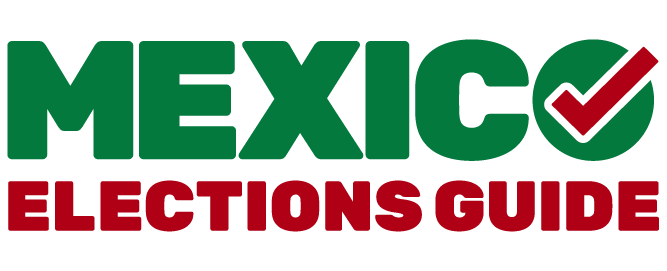As Claudia Sheinbaum prepares to make history as Mexico's first female president, she faces a pivotal juncture in shaping the future of the country's northern borderlands. This vital economic engine—spanning nearly 2,000 miles along six states with 23 million residents—houses over 1,600 maquiladora companies that employ 3.2 million workers and produce almost 60% of Mexico's exports. Sheinbaum must now decide whether to continue existing policies or adopt a new federal approach to managing migration, modernizing border infrastructure, and deepening economic integration with the United States.
Sheinbaum inherits a complex migration landscape, with Mexico now serving as a country of emigration, transit, and destination. President López Obrador's policies, focused on promoting safe migration and targeting root causes, have been criticized for prioritizing enforcement, resulting in tragically-unpenalized humanitarian disasters. Recent fluctuations in migrant crossings at the U.S.-Mexico border further complicate this scenario. Despite temporary dips, Sheinbaum must navigate a politically charged environment, with both major U.S. parties calling for stricter immigration policies. Additionally, she faces the imminent challenge of preparing authorities along Mexico’s northern border for a potential exodus of an estimated four million Venezuelans within six months following their nation’s fraudulent elections. To address these multifaceted issues, Sheinbaum should pursue a comprehensive strategy that balances enforcement with humanitarian concerns. This approach should include increasing support for aid agencies to enhance essential migrant services while developing an integrated policy framework to capitalize on migrants' socioeconomic contributions to Mexico's northern borderlands.
Modernizing border infrastructure is critical for enhancing trade efficiency and security between Mexico and the United States. Even modest improvements in cross-border efficiency could yield significant benefits: a 10-minute reduction in wait times at border crossings could generate over 3,000 jobs across Mexico's border states and increase their combined GDP by 1.34%. The Otay Mesa East project, despite delays to 2027, aims to reduce Tijuana-San Diego wait times through a toll system, boosting economic growth. To address border infrastructure challenges, Sheinbaum should prioritize the implementation of advanced technologies, including AI-powered customs processes and non-intrusive inspection systems. These innovations could significantly reduce inspection times, automate customs declarations, and decrease administrative costs. Sheinbaum's administration could ensure a more efficient flow of legitimate cross-border traffic while bolstering security measures by expanding staffing, modernizing existing facilities at critical ports of entry, and collaborating with US counterparts on joint, decentralized border management tools.
The 2026 USMCA review presents both opportunities and challenges for economic integration between Mexico and the United States. While the agreement has fostered significant trade growth, reaching $779 billion in 2022, ongoing disputes over energy policies, GMO corn, and automotive rules of origin threaten to complicate negotiations for the Sheinbaum administration. The 2024 US presidential election outcome could significantly impact USMCA's future and add to Sheinbaum’s challenges. A Trump administration might pursue higher tariffs to extract concessions from Mexico regarding its China trade. Conversely, a Harris administration, given her previous opposition to NAFTA and USMCA, could approach negotiations skeptically. Key priorities for the USMCA review should include enhancing regulatory cooperation, expanding digital trade provisions, and addressing emerging technologies like AI. To navigate these challenges effectively, Sheinbaum must engage closely with border state governments, harnessing their regional expertise to craft a more nuanced and local responsive approach to USMCA implementation and future trade negotiations.
Sheinbaum's success will hinge on her ability to transform Mexico's northern borderlands from a site of contention into a model for innovative governance. By leveraging the region's unique bicultural workforce and cross-border economic dynamics, Mexico's future president can pioneer a new approach to border management that balances national interests with the realities of deeply interconnected communities.
Author


Mexico Institute
The Mexico Institute seeks to improve understanding, communication, and cooperation between Mexico and the United States by promoting original research, encouraging public discussion, and proposing policy options for enhancing the bilateral relationship. A binational Advisory Board, chaired by Luis Téllez and Earl Anthony Wayne, oversees the work of the Mexico Institute. Read more

Explore More
Browse Insights & Analysis
Greenland’s New Governing Coalition Signals Consensus

The Future of France's Far-Right Party

Ukrainian Issue in Polish Elections



